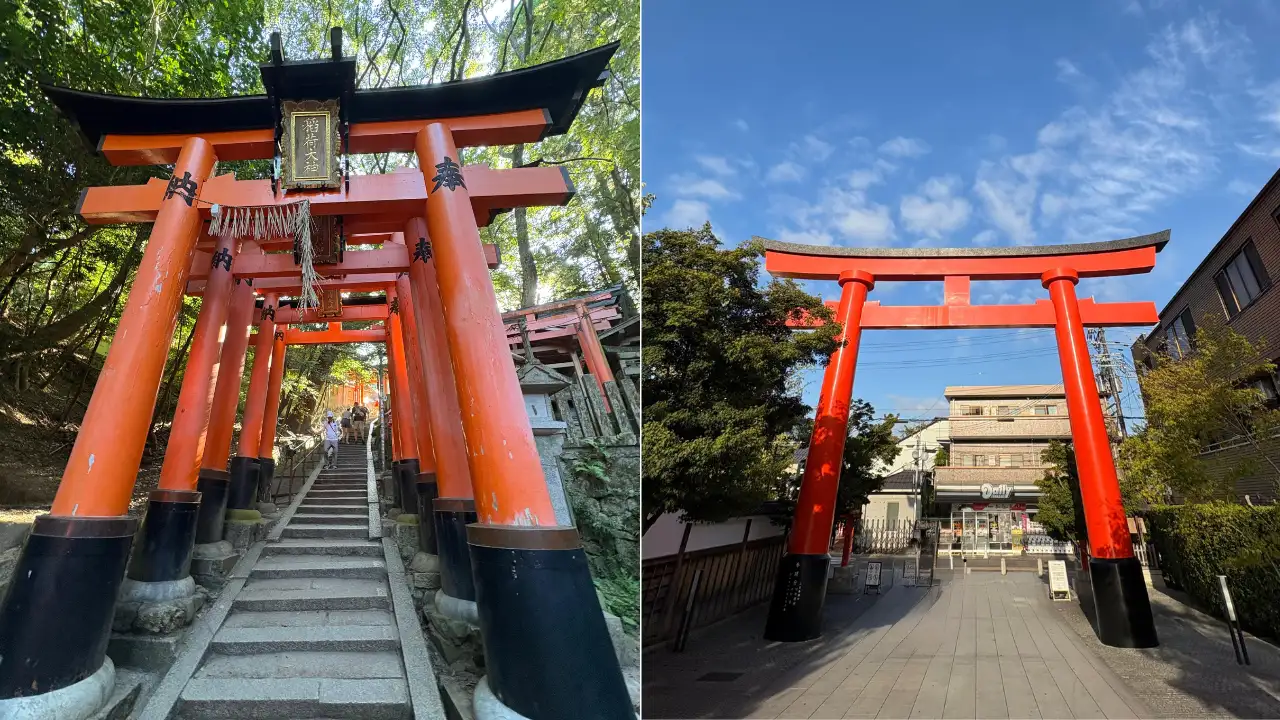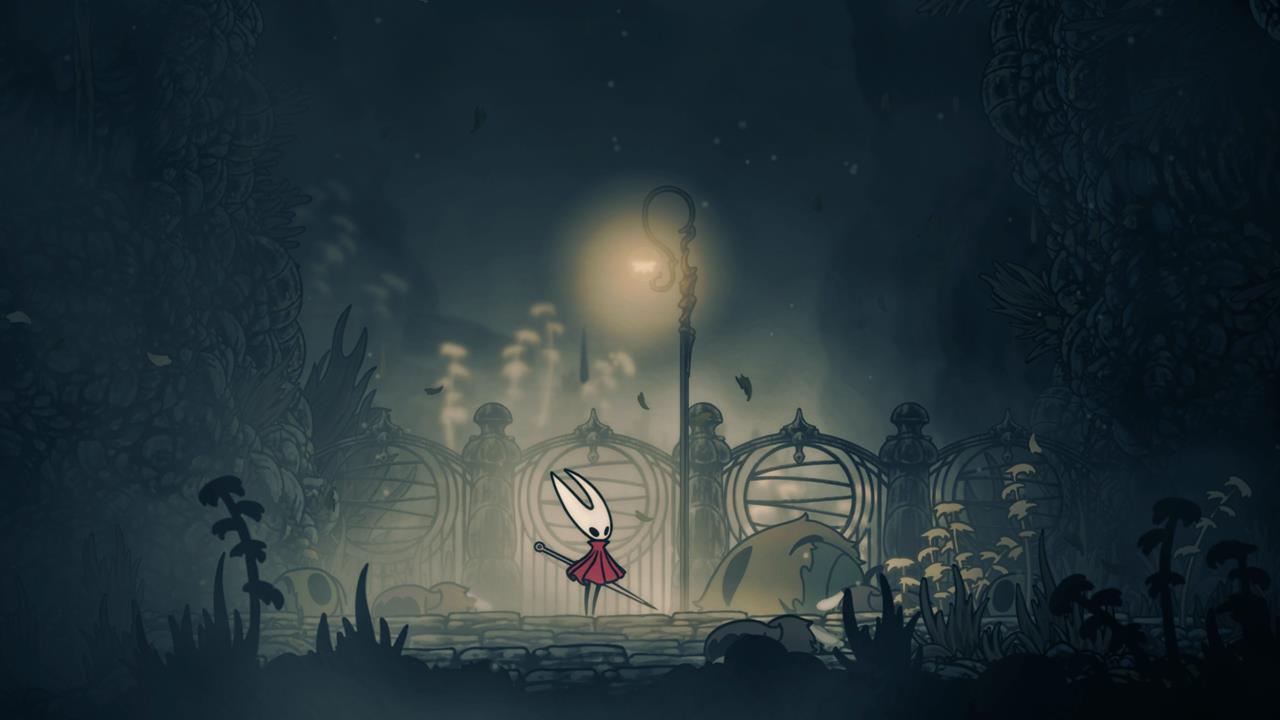By Ishita Roy
Copyright timesnownews

6.30 am in the morning, as I hiked through the Fushimi Inari Shrine in Kyoto, a thought that kept coming in my mind was ‘Why are these Torii Gates painted orange?’ This was an innocent thought, and I could not help, but to draw parallels with how in Hinduism, especially when we think of Lord Hanuman, we think of the colour orange. At the Fushimi Inari Shrine, you can get an audio guide, which will answer all your ‘Why(s)’. The answer to my question was also in that very audio. The colour orange is disliked by evil spirits, and so many shrines use these colour to ward them off. I immediately thought of Lord Hanuman, and how he is widely known and worshipped in Hinduism for his ability to ward off evil spirits. The Fushimi Inari Shrine is known for the many thousands of Torii Gates that you must cross to reach the top of Mt. Inari. The Fushimi Inari Shrine The shrine itself is known for its iconic, seemingly almost endless orange torii gates. The shrine, as the name suggests, is dedicated to Inari, the Shinto god of rice, prosperity, and business. The shrine also features numerous statues of foxes, who are believed to be the messenger of Inari. The Colour Orange The colour orange has long been revered as a sacred symbol of fire and the sun and forces that sustain and purify life. It is fitting, then, that this vibrant hue, often called the colour of life itself, is associated with a shrine honouring rice, the nation’s very sustenance. Furthermore, the Japanese also believe that the shades of red, amber, vermillion that can be seen in torii gates ward off evil spirits, danger, and bad luck. The red paint also has a preservative function, and is made using mercury, which has been used as a source to preserve wood since ancient times. The Vibrant Orange Colour In Japanese Shrines Not just the Fushimi Inari shrine, but other shrines in Japan too bear the same colour. The Usagi-jinja or the Rabbit Shrine near Mt. Fuji also is painted in red-vermillion colour. The shrine is known for being the ‘guardian rabbits’, who symbolize health and safety for climbers. The Itsukushima Shrine at Miyajima in Hiroshima, which is also a UNESCO World Heritage Site, that stands floating above the water is also painted in orange. The Japan National Tourism Organization’s official website also notes that the colour vermillion, which stands somewhere between red and orange, derived from mercury, is also used to preserve wood by fighting bacteria and insects. This colour is also considered a lucky colour for East Asia. The Colour Orange In Other Religion In many Eastern religions (if you see the world from the European perspective), the colour orange and shades that come between amber to red are considered sacred colours. The colour is wore by monks in Hinduism and Buddhism, and is believed to represent fire, thus purity, as impurities are burned in fire. Leatrice Eiseman, the executive director of the Pantone Color Institute once explained that orange is historically considered as the symbol of love and fruitfulness. “This belief started in ancient times, as it was seen as the color reflective of love, both earthly and heavenly. Greek muses wore orange, as did Bacchus, the pagan Roman god,” Eiseman said, as reported by the CNN. In fact, there is also symbolical appearance of the colour orange in Bible. Though the word ‘orange’ never appeared in original Hebrew, Aramaic, or Greek texts, its presence in unmissable and is used under umbrella hues of adom (red) or yellow. The colour orange in Bible is also a shorthand for divine presence, and is considered as the colour of warmth, that represents that God is near.



